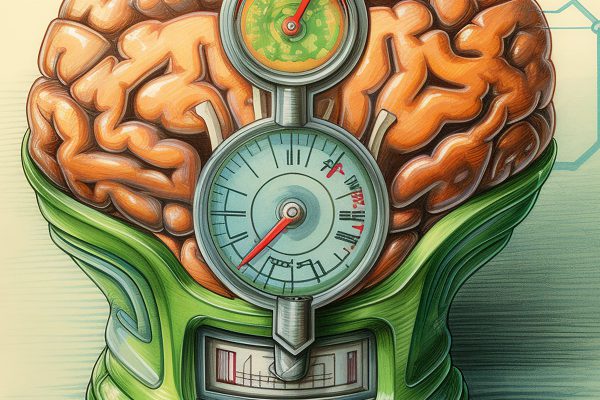Your brain is not a closed-off control area where all the thinking takes place. In The Extended Mind, science writer Annie Murphy Paul uses research from psychologists, cognitive scientists, and neuroscientists to prove that intelligence, superior memory, and sharp attention stem from interactions between our brains, bodies, spaces, and relationships. Using her practical methods, we can unlock our mind’s full potential and think more effectively.
One takeaway? Go ahead and purchase that standing desk.
Thinking with Natural Spaces
Cognitive scientists have found that humans think differently depending on their surroundings. Nature provides particularly rich and fertile surroundings for thinking, which is why our minds have always been tuned to the frequencies of the organic world. Evolution has not prepared us for the way we currently spend almost all our time in built, artificial environments like offices and, worse, cubicles.
Today, over 60 percent of American adults report spending five hours or less in nature each week. Children, too, engage in outdoor recreation far less frequently than earlier generations. Despite these massive shifts in culture, our biology remains identical to that of our ancestors.
When we’re feeling drained, a walk in nature can help replenish our mental resources. Nature has been demonstrated to reduce stress. In one study, patients in rooms with a view of trees used fewer painkillers, had fewer complications, and spent less time in the hospital than patients in rooms with a view of a brick wall.
Thinking with Movement
Scientists have long known that overall physical fitness supports cognitive function, but recent research has begun to explore the possibility that single bouts of physical activity can enhance our cognition in the short term. This means that by moving our bodies in certain ways, we’re immediately able to think more intelligently. The ability to control our attention and behavior is a finite resource, and some of it is depleted by denying our very natural desire to move. Research shows that staying still increases brain activity in the same area we use for mental calculations, which causes mental strain.
Take radiologist Dr. Jeff Fidler, for example, who regularly reviews 15,000 radiological images a day while walking on a treadmill in front of a large screen. Within the first year of creating his walking workstation, Fidler was convinced he was doing a better job of identifying abnormalities in X-ray images. He then conducted research and discovered that radiologists who stayed seated detected an average of 85 percent of abnormalities, whereas those who walked detected 99 percent.
The intensity of our movement exerts a distinct effect on our cognition. Low-intensity activity, like shifting weight or moving arms, has been shown to boost productivity. Fidgeting and using a standing desk help keep our minds from wandering and are associated with better cognitive function.
About the Author
Science writer Annie Murphy Paul graduated from Yale University and the Columbia University Graduate School of Journalism. Her work has appeared in multiple publications, and her TED Talk about learning and cognition has been viewed over 2.8 million times.
Read our full summary of The Extended Mind. . .







